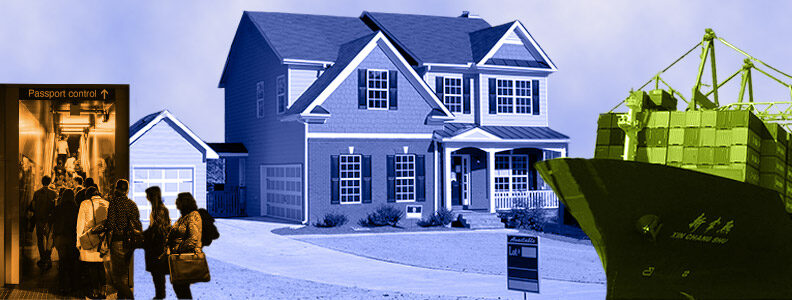How has the “China shock” affected workers in Brazil?

Tomás R. Martínez and Ursula Mello examine the link between trade shocks and asymmetrical labor income risk.

Tomás R. Martínez and Ursula Mello examine the link between trade shocks and asymmetrical labor income risk.

Christoph Albert and Joan Monràs explain why immigration and trade shocks have different impacts on regional economies.

Using a structural model for the U.S. economy, Joan Llull empirically quantifies the importance of two mechanisms: the differential labor market competition induced by immigration on male and female workers, and the availability of cheaper childcare services.

Santiago Caicedo, Miguel Espinosa, and Arthur Seibold investigate firm responses to apprenticeship programs and how firms can be effectively incentivized to train apprentices.